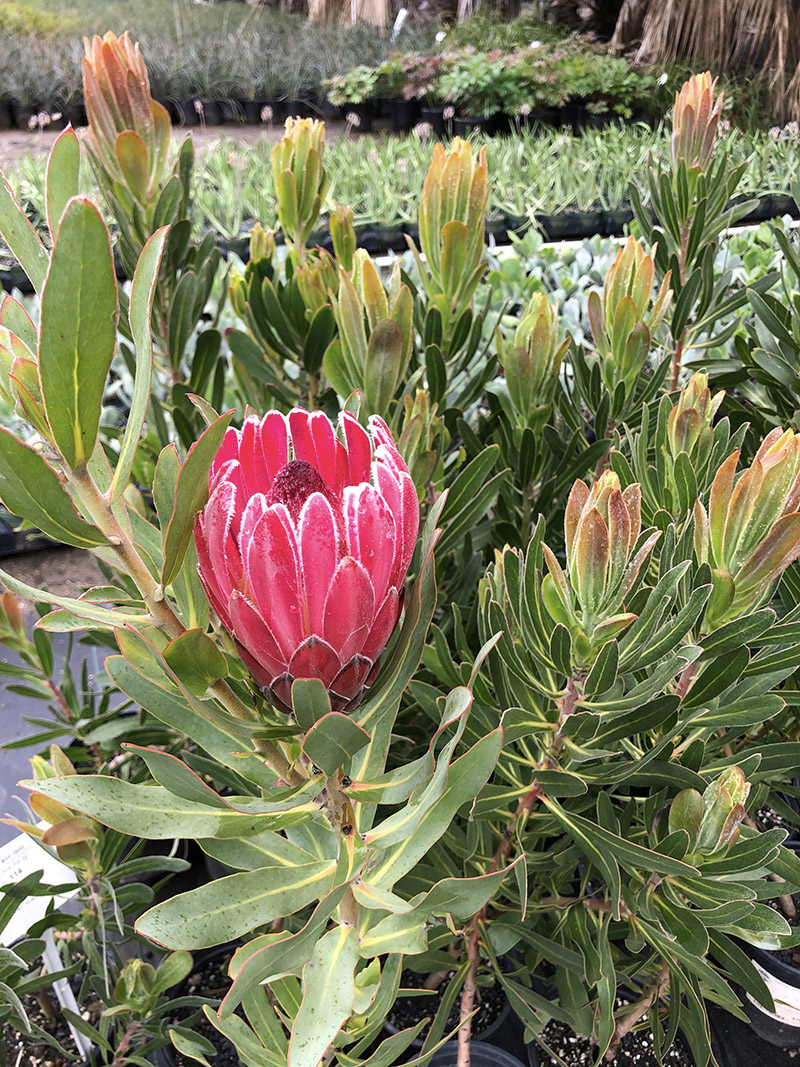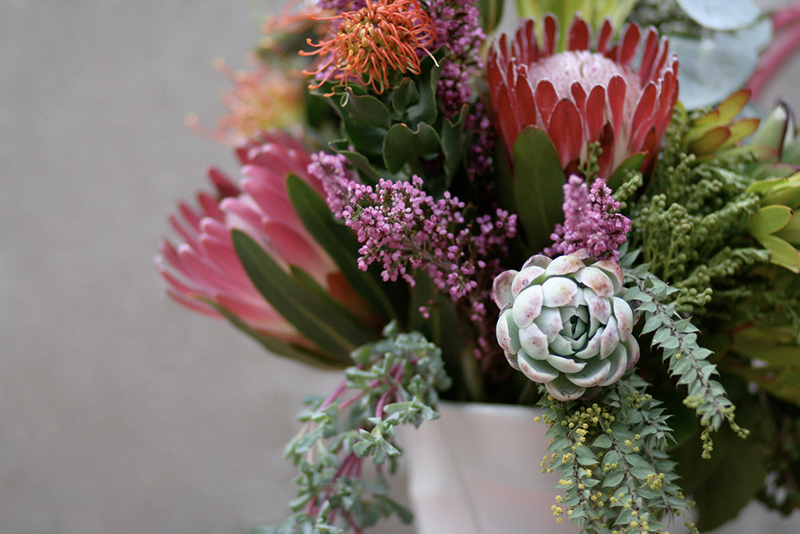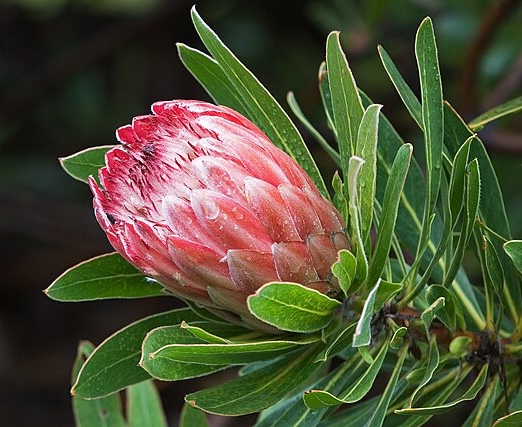



| synonyms | Protea 'Camelot' Protea 'Silvan Pink' |
|
| height | 8–12 | |
| width | 6–10 | |
| tolerates | Coast, Cool Summers, Drought, Fog, Pots, Salt, Wind | |
| water needs |
Low | |
| water info |
Proteas are well adapted to our Mediterranean climate, making them carefree plants with bountiful rewards. After a few years, when your protea is established, it will want deep watering every couple weeks, though it will tolerate more if the drainage is excellent. | |
| hardy to |
23F | |
| exposure | Part Shade – Full Sun | |
| indoor outdoor |
Outdoor | |
| drainage | In Ground: Cactus Mix, In Pots: Cactus Mix, Tolerates Sandy Soil | |
| fertilizing | Bloodmeal, Fish Emulsion, Low Needs, No Phosphorus | |
| origin | Hybrid, South Africa | |
| california native |
No | |
| sunset zones |
16, 17, 19–24 |
Full Sun
Six or more hours of sun beams directly landing on the plant's leaves.
Part Shade
Three to five hours of sun beams directly landing on the plant's leaves.
Part Sun
One to two hours of sun beams directly landing on the plants leaves.
Full Shade
The plant is never fully lit by sun beams,
but is in a bright spot or has dappled sunbeams playing over the leaves throughout the day.
Deep Shade
The plant never has dappled light on the leaves, and is in a place that feels dim, even on a nice sunny day.
